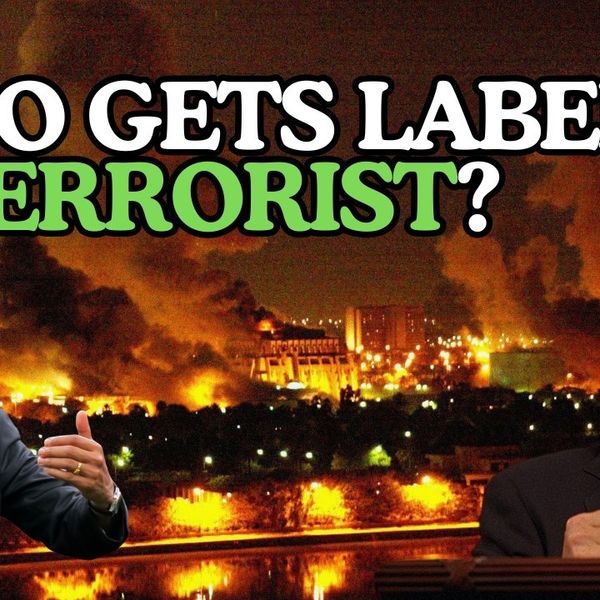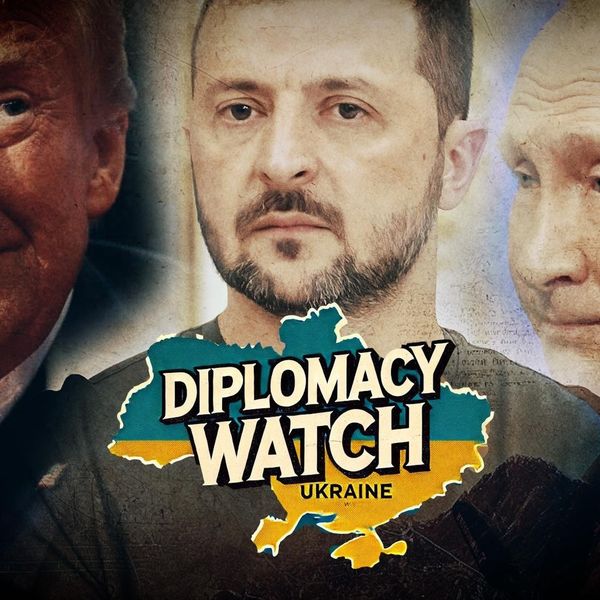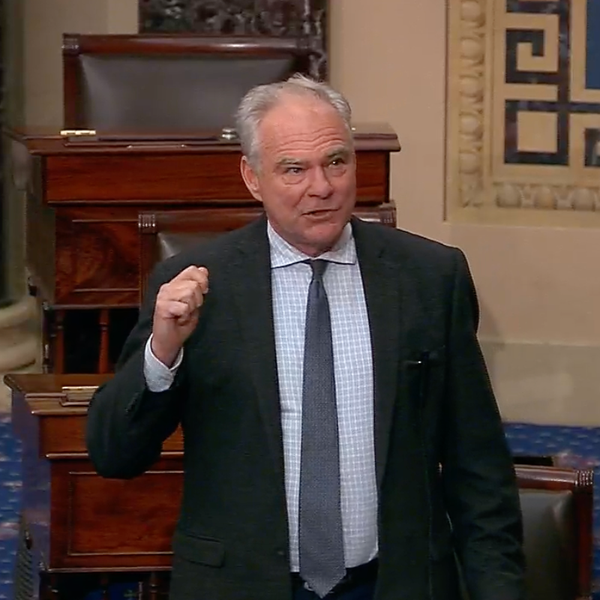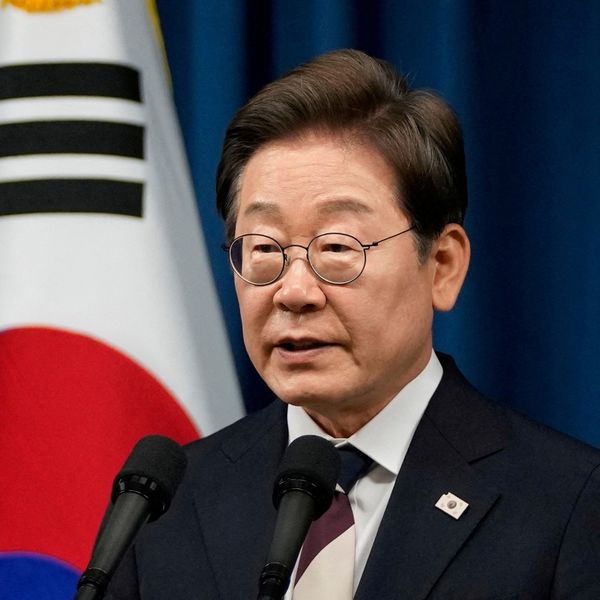For six weeks, the Trump administration has executed a stealthy attack on oversight, knee-capping inspector general offices of their apolitical leadership. Most have been quietly revealed late on a Friday night, in hopes of skirting under the radar and avoiding scrutiny. After all, what non-COVID news can possibly survive 48 hours to be lamented by a general public by the time everyone has changed into their work pajamas on Monday? Though strategically avoiding the spotlight, the administration has become comfortable with boldly obstructing oversight, so it will no doubt continue unless Congress acts decisively to put a stop to it.
First came the ousting of Michael Atkinson, the intelligence community inspector general, in early April. Atkinson was famously the one who notified Congress last September of the whistleblower complaint — which he was legally obligated to do — that led to the impeachment inquiry. Then, only days later, Trump removed the acting inspector general of defense, who had been tapped by Congress to oversee the distribution of funds under the coronavirus relief measures. In early May, Trump fired Christi Grim, the inspector general for the Department of Health and Human Services, while the deputy assistant secretary for preparedness and response was in the process of filing a whistleblower complaint over the corrupt and hapless pandemic response.
And then last Friday, Trump notified Congress of the removal of Steve Linick, the State Department’s inspector general. This was reportedly done at Secretary Mike Pompeo’s urging to ensure a friendlier IG was at the helm so Pompeo could avoid accountability in at least two investigations Linick was pursuing into his actions. The investigations reportedly reveal bad behavior at both a personal and policy level — from Pompeo’s misuse of State Department staff for family errands, to his approval of arms sales to Saudi Arabia over the objection of Congress (Pompeo now denies he knew about the investigations).
Each of these sackings was undertaken as part of a coverup of fraud and abuse at the highest levels, but their impact will reverberate with damage to the very structure of oversight throughout these agencies at every level.
They won’t just have a chilling effect on reports of fraud against the most powerful. Replacing the anti-corruption and oversight boss of an organization with a political sycophant undermines the most basic trust in these offices. This means no civil servant will feel comfortable reporting any form of abuse or violations at all. In the best of times, dissenting against policies or practices in a federal agency is an uphill battle. In the emerging reality, dissenters will see only defeat and danger ahead.
The State Department inspector general’s office holds an important but generally mundane role of investigating complaints of waste, fraud, and abuse; inspecting embassies and posts around the world; and conducting special audits to ensure effective, efficient, and economical operations.
It isn’t sexy work, but it’s a vital check on a large and sprawling organization responsible for critical national security. Effective inspectors general prevent the hijacking of state tools for personal exploitation and gain. It is steady and constant work, like weeding a garden, because once corruption takes root, it spreads, infesting an organization. Like any weed, corruption is easier to prevent than to root out later.
Inspectors general address and monitor safety and security as well. In the case of the State Department, this means holding embassies and bureaus to account for meeting the standards required to keep our diplomats and development professionals safe, even in innately dangerous environments. Sometimes this means ensuring our embassy walls are strong enough to withstand an actual physical attack or making sure a fire or natural disaster won’t leave our staff stranded in a death trap. Not all violations are nefarious or corrupt. Even more are unintentional but dangerous oversights. The oversight exercised by the Department’s inspector general is critical to ensure the effectiveness, security, and well-being of more than 70,000 employees deployed across the globe, and that is necessary to enable them to conduct vital work on behalf of the American people.
Throughout my career, I’ve watched the U.S. government try in vain to help root out corruption in partner countries where we expend millions of dollars in aid money. If the assault on these dull but essential bureaucratic protections continues unabated, we are dangerously close to becoming one of these hopelessly corrupt federal bureaucracies ourselves, and the security of not only our federal government staff but our very national interests are at greater risk. Take the danger now emerging at the State Department with its undermined oversight and roll it out across the entire federal government, and that is the situation this administration is willfully placing us in.
Destroying the credibility and effectiveness of the inspector general system is more powerful and damaging than retaliating against a single whistleblower. It destroys the very tool that encourages and enables effective whistleblowing in the first place. It is both a functional and symbolic closing of the opportunity for dissent against wrongdoing, mishap, and threats to the effectiveness of our government agencies. The message it sends is clear: speak up to your peril. Raise alarm to no end. Looking out for our national interest is futile, if that runs counter to the interests of anyone in power.
If the administration gets away with this dismantling of oversight authorities, it will have gotten away with killing dissent. A government without avenues for dissent is a dangerous authority indeed.















